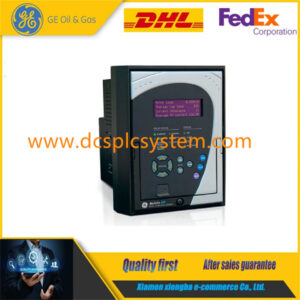Description
PP846 3BSE042238R1 ABB Operator Panel
The PP846 3BSE042238R1 allows programmers to create their own hex-based communication protocols between Productivity Series CPUs and third-party Ethernet devices; Ethernet-based ASCII is a possibility with this new feature. Another option is Productivity Networking (PROET), which allows data sharing between two or more networked Productivity Series CPUs. With this feature, it is simple to broadcast and/or receive data messages “behind the scenes” without the need for any communication commands in the ladder program. The MVME5500 is available with a wide range of communication options, including MODBUS master/slave or CS31, which are rarely offered. 128GB of user memory, along with 0.1 inches of program processing time/instruction, are just a few of the features that make the AC500ECO so impressive. 128GB of user memory, and 0.1 inches of programme processing time/instruction are just two examples of the AC500ECO’s impressive range. In addition to its interoperability with the existing family, the system was configured and programmed using the CODES-based PS501 control builder AC500. This is a programming software for the entire family, compliant with EN61131-3 and includes five programming languages, providing customers with a single, simple and integrated software platform.
The PP846 3BSE042238R1 continues to expand its offerings with three new CPUs and four new io devices. For example, the new CPU version offers integrated digital and analogue inputs and outputs, as well as relay outputs. the CPU can be supplied in 24V DC or 100-240V AC versions, depending on your requirements. Relay and TERAC output modules, plus 100-240V AC digital input modules, are added to the S500ECO range. A highlight is the new OO module, which combines digital inputs and relay outputs in one module – allowing for customised and cost-saving application solutions. The concept is a unique example of a flexible, future-proof automation platform Unlike the shift register of a PLC, which needs to be programmed, the shift register of the inspector is automated, making it possible to accurately keep track of up to 4,000 parts between inspection and rejection points.” Acquiring and processing more than 500 images per second, the inspector is able to detect and inspect parts on the fastest production lines. If inspection is not required, the inspector can be used to detect and track parts or nets to improve process control. The step-by-step setup of the Inspector makes it easy for anyone on the factory floor to deploy. Inspector 101E is now available. The Inspector 101E eliminates the cost and complexity of PLC’s for part tracking and rejects on the changeover line. Unlike shift registers that require a PLC to be programmed, the Inspector’s shift registers are automated, making it possible to accurately track up to 4,000 parts between inspection and rejection points.










